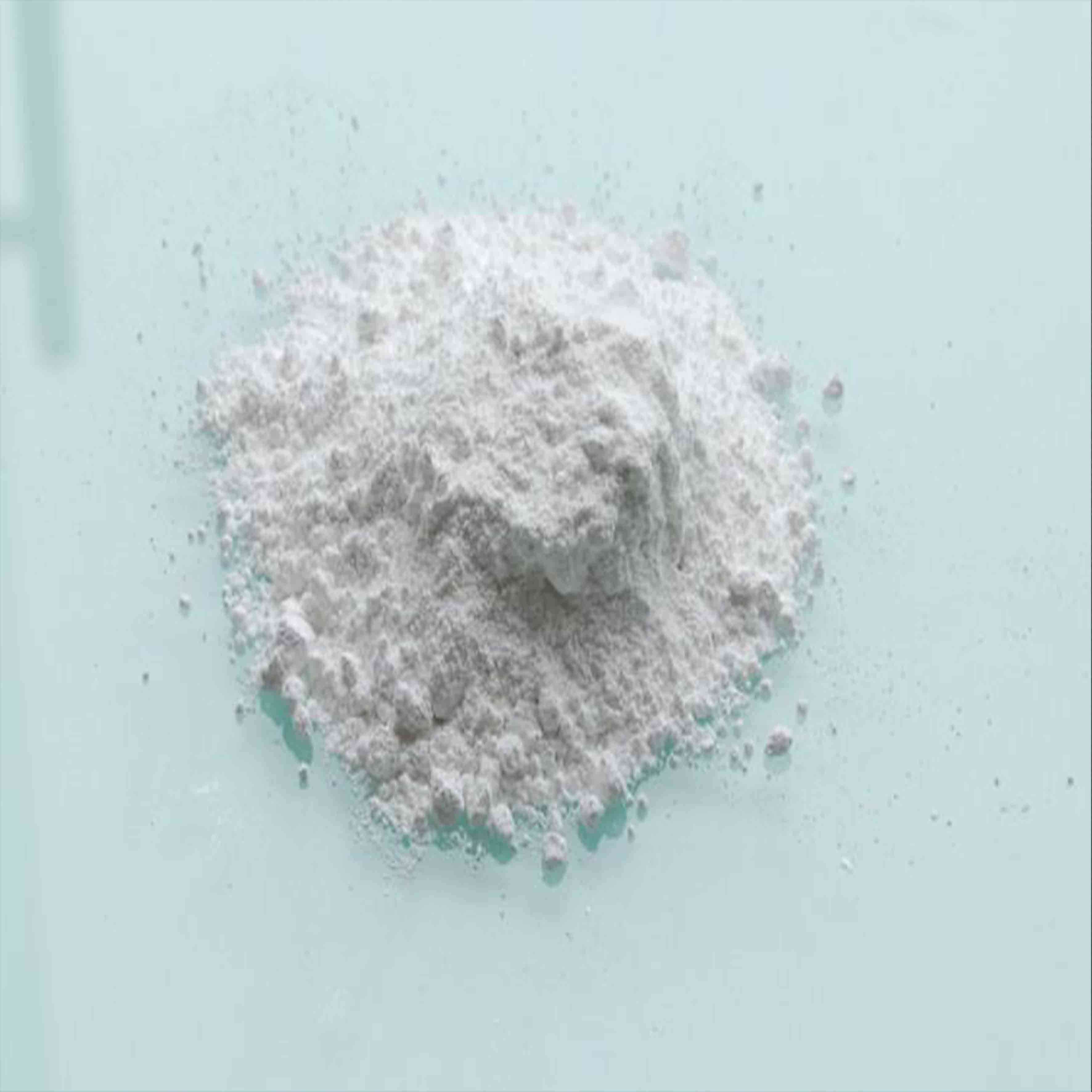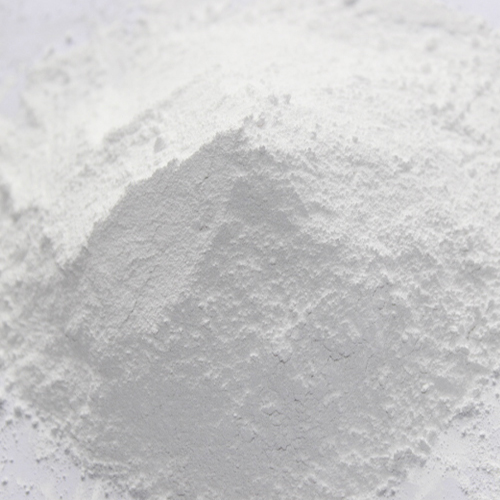
Oct . 14, 2025 08:25 Back to list
Titanium Dioxide CO2 Solutions | High Opacity, UV Stable
Rutile Titanium Dioxide R6618: CO2, Performance, and What Buyers Really Ask
If you’re tracking titanium dioxide co2 conversations, you’ve probably noticed the shift: performance is still king, but carbon numbers are now right there on the short list during RFQs. R6618, made in Jindi Industrial Park, Dacheng County (Langfang, Hebei), keeps coming up in my notes because it balances brightness with solid weathering—without blowing up the footprint or the budget.

Industry trend check
Buyers are nudging suppliers for lower embodied carbon per ton of TiO2, plus proof of durability so they can justify longer repaint cycles. In coatings and plastics, the practical metric many teams track is “performance per kilogram of CO2.” In other words: if a rutile grade like titanium dioxide co2 R6618 lets a facade keep its gloss for longer, that lifecycle win can outweigh a few points of cradle-to-gate footprint.
What R6618 is (and why it disperses nicely)
R6618 is a rutile titanium dioxide, white powder, non‑toxic and chemically stable, surface-treated with zirconium and aluminum plus an organic finish. The Zr/Al coating helps with weathering, anti‑chalking, and tint strength in real-world outdoor formulas. In short: clean whites, blue undertone, and fewer headaches during let-down. Actually, it’s surprisingly forgiving in high-speed dispersers.

Typical specs (lab benchmarks)
| Parameter | R6618 (≈ typical) | Test/Standard |
|---|---|---|
| Crystal form | Rutile, Zr/Al surface treated + organic | ISO 591-1 |
| TiO2 content | ≥ 93–95% | ISO 787 |
| Whiteness (L) | ≈ 97.0–97.8 | ISO 11664-4 |
| Oil absorption | ≈ 16–22 g/100 g | ISO 787-5 |
| pH (aqueous slurry) | ≈ 6.5–8.0 | ISO 787-9 |
| Weathering/chalking | Low chalk, good gloss hold | ASTM G154 / ISO 16474-3 |
Values are indicative; real-world use may vary with resin, solvent system, and grind conditions.
Process flow (simplified)
Feedstock (usually ilmenite) → digestion/purification → crystallization to rutile → micronization → Zr/Al surface coating (hydrolysis) → organic treatment → drying, milling, QC. Testing follows ISO 787 series, color by CIE Lab, hiding power by ASTM D2805. Batches pass QC under ISO 9001/14001 frameworks, per vendor statements.

Applications and service life
- Exterior architectural coatings (acrylics, polysiloxanes): up to 8–12 years gloss retention in temperate climates, depending on film build and UV index.
- Powder coatings: good edge coverage; stable blue undertone.
- Masterbatch and PVC profiles: tidy dispersion, minimal plate-out; nice for profiles and sheets.
- Printing inks: strong tinting with controlled rheology in NC/PU systems.
One Southeast Asian facade paint maker reported ≈12% lower TiO2 consumption at equal contrast ratio after optimizing grind time—an honest win for both cost and titanium dioxide co2 per m² of coverage.
CO2 and vendor comparison
Realistically, CO2 intensity depends on energy mix and whether the route is sulfate or chloride. Buyers increasingly request EPDs or LCA sheets. Here’s a directional view (use for screening only):
| Vendor/Grade | Process | Embodied CO2e (t/t TiO2) ≈ | Weathering | Notes |
|---|---|---|---|---|
| R6618 (Langfang) | Sulfate (with Zr/Al post-treatment) | ≈ 4.5–7.0 (energy-mix dependent) | High (low chalking) | Good cost/performance; broad resin compatibility. |
| Global A (chloride rutile) | Chloride | ≈ 3.5–5.0 | High | Often higher price; tight color control. |
| Global B (sulfate rutile) | Sulfate | ≈ 5.0–8.0 | Medium–High | Widely available; competitive pricing. |
Screening numbers compiled from public LCAs/industry reports; verify with vendor EPDs and local energy data.
Customization and QC
Custom options often include organic treatment tweaks for low-VOC systems, tighter blue undertone, or anti-yellowing in high-bake powders. QC typically covers particle size distribution (laser diffraction), residue on sieve, ISO 2813 gloss, contrast ratio via ASTM D2805, and accelerated UV per ASTM G154.
Why spec R6618?
- High hiding and tint strength; easy to disperse—operators like it.
- Weathering and anti-chalking reduce repaint frequency, cushioning titanium dioxide co2 across the asset’s life.
- Stable supply from Hebei; lead times are reasonable, in my experience.
Quick test snapshot
Internal QUV-B (1000 h) in acrylic binder showed ΔE ≈ 1.2 and gloss retention ≈ 85% at 60°, with minimal chalking—respectable for a sulfate-route rutile. Your mileage, as always, depends on resin, additives, and film build.
Standards, compliance, certification
Buyers often request conformance with ASTM D476 classification, ISO 591-1, and testing to ISO 787. Vendors typically provide ISO 9001/14001 certificates and REACH/SVHC and RoHS statements on request.
Sources and further reading
- EU JRC BAT Reference for Titanium Dioxide Production (BREF)
- Titanium Dioxide Manufacturers Association (TDMA) — LCA/footprint resources
- ASTM D476 — Standard Classification for Titanium Dioxide Pigments
- ASTM G154 — UV Exposure of Nonmetallic Materials
- ISO 591-1 — Pigments, Titanium Dioxide, General Purpose Grades
-
Essential Guide to Calcium Powder Quotes – Pricing, Quality & Global Insights
NewsNov.24,2025
-
Reliable Anatase TiO2 Pigment Quotes for Sustainable Industry Use | CQ Titanium Dioxide
NewsNov.24,2025
-
Understanding Lithopone B311 Powder Quotes – Market Insights & Applications
NewsNov.23,2025
-
Reliable 30-50nm TiO2 Powders Quotes for Advanced Industrial Use | CQTitanium
NewsNov.23,2025
-
Comprehensive Guide on Lithopone Red Pigments Quotes | Industry Insights & Pricing
NewsNov.22,2025
-
Comprehensive Insights into the Lithopone Market: Global Trends & Applications
NewsNov.22,2025
